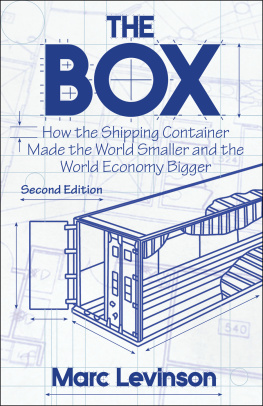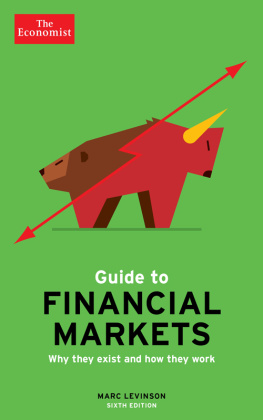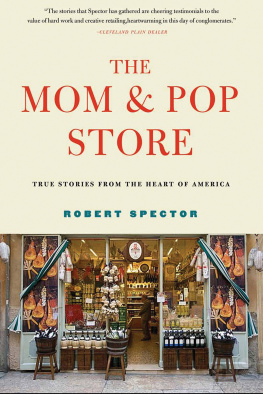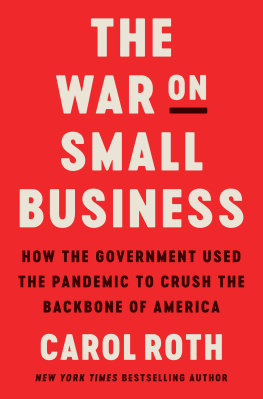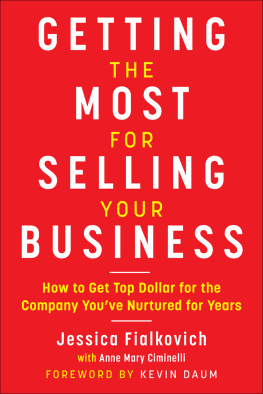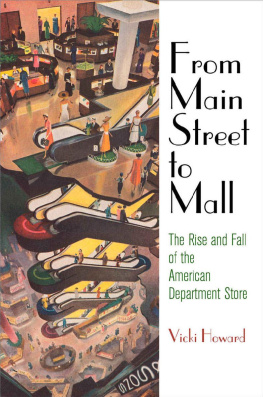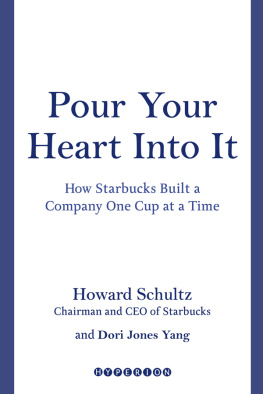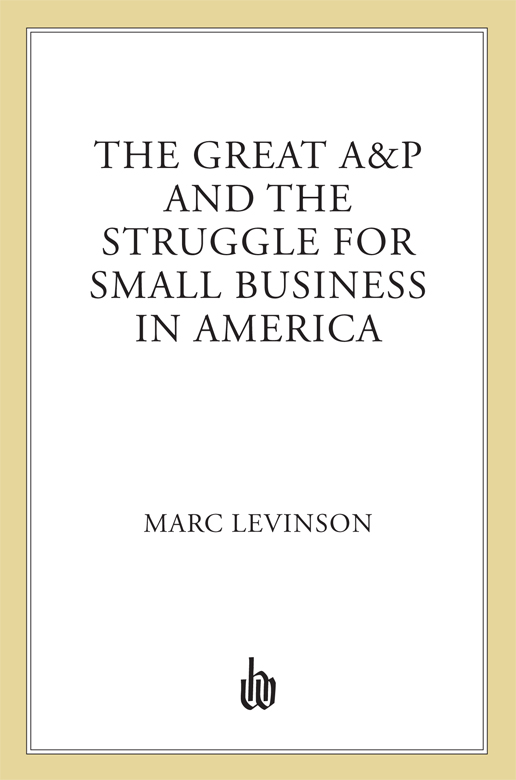

To my father
CONTENTS
THE VERDICT
Judge Walter C. Lindley was no ones idea of a flaming radical. Born in 1880 in the village of Neoga, deep in the corn and soybean country of south-central Illinois, Lindley had a reputation as a scholar: at a time when many learned the law as apprentices rather than as students, he earned not only a law degree but also a doctorate in laws from the University of Illinois. In Danville, a commercial hub 150 miles south of Chicago, he became a man of prominence. He built a law practice, won a seat on the city council, and became an attorney for Joseph Cannon, who served eight years as the ironfisted Speaker of the U.S. House of Representatives and represented Danville in Congress for almost half a century.
Lindley was a Republican, and shortly after Warren G. Harding, the great friend of business, became president in 1921, he named Lindley to the federal bench. As a judge, he drew more than his share of high-profile cases. In a 1929 jury trial that held Chicago rapt, Lindleys court convicted sixteen candy wholesalers of terrorizing storekeepers who refused to buy their candy. Two years later, he upheld the near-dictatorial powers of the commissioner of major-league baseball, Kenesaw Mountain Landis. In the early 1930s, he oversaw the restructuring of the collapsed utilities empire of the Chicago entrepreneur Samuel Insull and survived an attempt by Insulls henchmen to have him impeached by Congress. Suggested as a possible nominee to the U.S. Supreme Court in 1929, during Herbert Hoovers presidency, Lindley was not beyond criticizing that court and, by implication, the Democratic administration of Franklin Roosevelt. In 1939, he commented acidly that for some new Supreme Court justices, precedents may be of little avail and their lack no bar.
On a sunny Saturday in September 1946the federal courts worked six days a week back thenLindley issued what would be the most controversial decision of his long judicial career. Before a crowded courtroom on the second floor of Danvilles post office, he declared that George L. Hartford, eighty-one; John A. Hartford, seventy-four; their company, the Great Atlantic & Pacific Tea Company; and other company executives had conspired to violate the Sherman Antitrust Act. The fact that the secretive Hartford brothers, two of the wealthiest men in America, were deemed criminals was startling, but their crime was truly remarkable. Rather than being accused of acting like monopolists to keep prices artificially high, the Hartfords were found to have done the opposite. They and their company, Lindley declared, had acted illegally in restraint of trade by using A&Ps size and market power to keep prices artificially low.
The victims of this unorthodox conspiracy were not families that purchased groceries. The evidence before Lindleys court made clear that prices at A&P were below those at the competition; as John A. Hartford himself had testified nearly a year earlier, We would rather sell 200 pounds of butter at 1 cent profit than 100 pounds at 2 cents profit. While selling food cheaply was good for consumers, it was bad for the hundreds of thousands of retailers, wholesalers, and manufacturers who needed high food prices in order to make a living. U.S. v. A&P was the climax of decades of effort to cripple chain stores in order to protect mom-and-pop retailers and the companies that supplied them. The Hartfords real crime was to have endangered mom and pop.
But it was the participants, not the legal issues, that made the Danville trial so notorious. The Great Atlantic & Pacific Tea Company was not just another grocery chain. It was, by a wide margin, the largest retailer in the world. Its footprint stretched from coast to coast, covering thirty-nine of the forty-eight states and parts of Canada as well. It collected more than ten cents of every dollar Americans spent at grocery stores. It was an enterprise so familiar that millions of Americans knew it as Grandma, so ubiquitous that when John Updike penned a short story about the eternal boredom of teenage life a few years later, he called it simply A&P. Its influence over Americas lunch boxes and dinner tables was so overwhelming that when an ambitious young Florida grocer decided to lower prices at his tiny store, he received one piece of advice: Dont make A&P mad.
A&P was at the center of a bitter political struggle that lasted for nearly half a centurya struggle that went far beyond economics. At its root were competing visions of society. One vision could be described with such words as modern and scientific, favoring the rationalism of cold corporate efficiency as a way to increase wealth and raise living standards. The other vision could fairly be termed traditional. Dating to Thomas Jefferson and his contemporaries, the traditional vision harked back to a society of autonomous farmers, craftsmen, and merchants in which personal independence was the source of individual opportunity and collective prosperity. The words of Judge Lindleys ruling against the Hartfords and A&P embodied the conflict between those two visions. To buy, sell and distribute one and three-quarter billion dollars worth of food annually, at a profit of one and one-half cents on each dollar, is an achievement one may well be proud of, he acknowledged, in a nod to the modern vision. Yet this achievement, he decided, ran afoul of the Sherman Antitrust Act by making it hard for smaller firms to compete with A&P. The Sherman Act, he ruled, was intended to secure equality of opportunity. Equality of opportunity could not be secured if big firms were allowed to pummel the small.
* * *
There may never have been a more improbable pair of convicts than the Hartfords. The elder of the brothers, George L. Hartford, was as predictable as they come. He lived in the same house for half a century and took rooms at the same New Jersey shore resort every summer. He left home at 9:05 every morning, wore a black suit with stiff collar to work every day, and made a point of tasting the companys coffees at 2:00 each afternoon. His hobbies, when he was a younger man, were repairing cars and building crystal radios, activities that required him to utter hardly a word to anyone; in later years he did jigsaw puzzles. Few employees ever laid eyes on the man known throughout the company as Mr. George. The minutes of meetings of A&Ps top executives rarely cite his words. One of the few journalists to meet him said he could be taken for a retired Polish generalbulky, stolid, rumpled, with a foreign air that his American drawl immediately belies. No one who encountered him on the street would have imagined that he headed one of the largest, most powerful enterprises in the world.
John A. Hartford, his younger brother, had an entirely different personality. A dapper dresser who favored custom-tailored gray suits, Sulka bow ties, and pocket squares, he enjoyed traveling, visiting stores, and pressing the flesh. In his thirties and forties he had raised horses that won prizes at the National Horse Show, a premier event of New York society. He lived in an eight-room suite at the Plaza Hotel and lunched alone on milk and crackers at the Biltmore. On weekends he commuted to his suburban estate, a Tudor mansion with a nine-hole golf course, stable, and polo field, and in the winter he went to The Breakers in Palm Beach. He was married three times, twice to the same woman and, in between, to a woman who came into his life modeling clothes for his wife. It was Mr. Johns job to motivate employees, spreading the companys paternalistic management gospel through philosophical missives that often referred to my brother and I. In the 1930s, when A&Ps political troubles became life-threatening, John A. Hartford reluctantly became the companys public face, sporadically meeting with the press, putting his name to the occasional folksy article, and making end-of-year pronouncements about the outlook for food prices in the months ahead.


